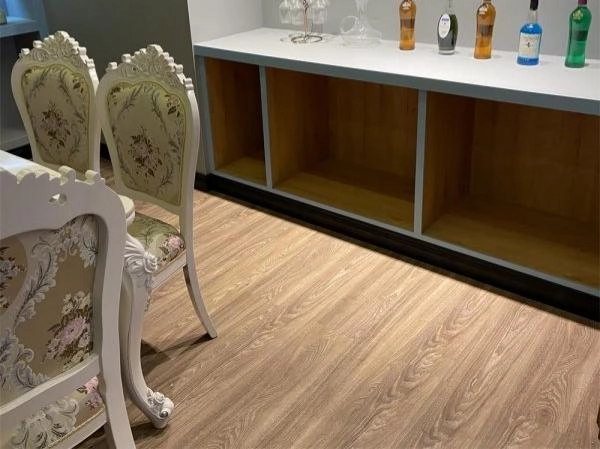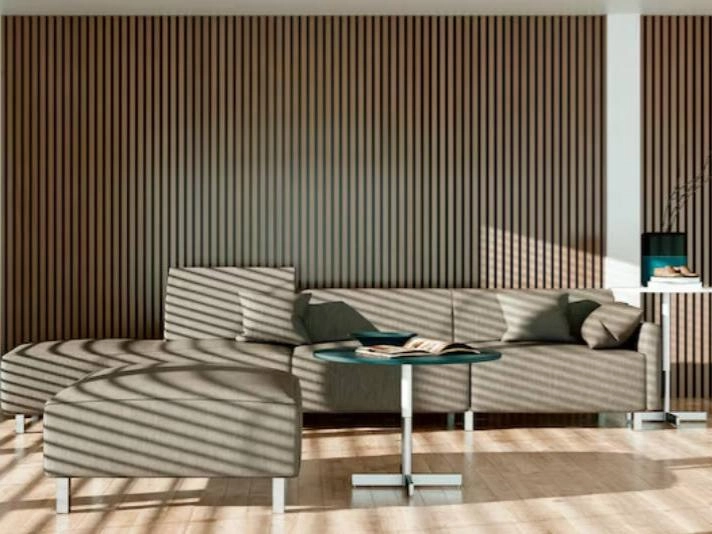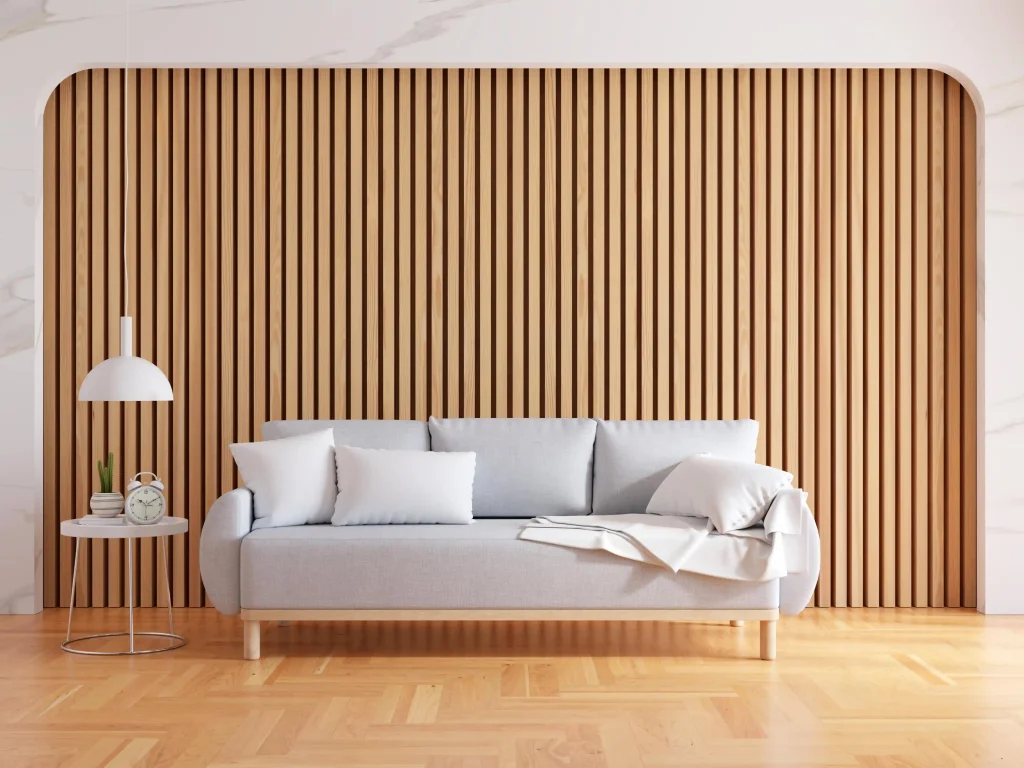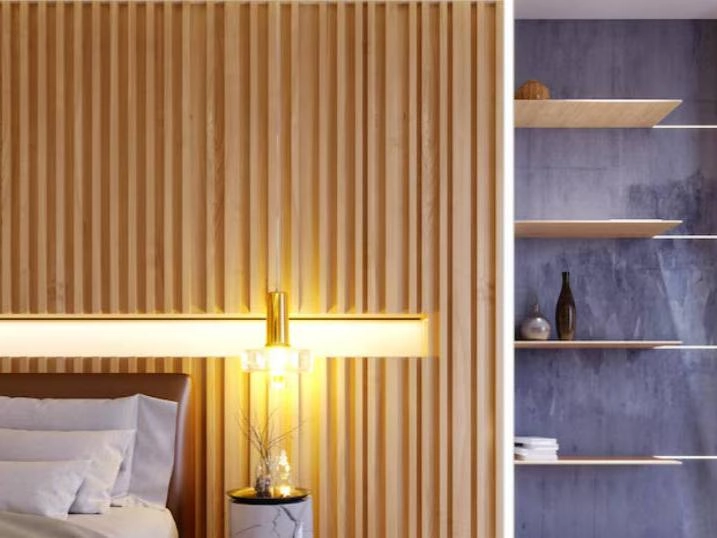Most bathrooms end up as the messiest rooms in a house. Water splashes out of the tub, steam fogs the mirror, and puddles linger on the floor longer than they should. Over time, that constant moisture destroys the wrong type of flooring. Nobody wants to deal with swollen boards or black spots creeping up the corners.
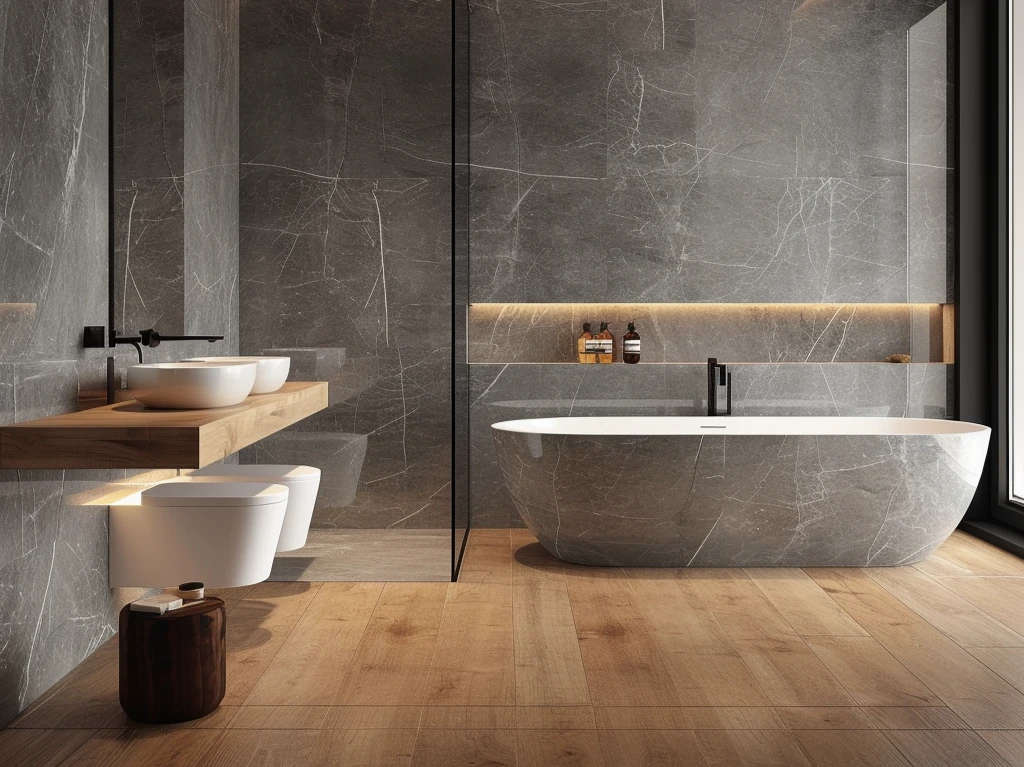
That’s why homeowners keep asking about SPC flooring. It’s known for being strong, stylish, and, above all, waterproof. But does “waterproof” really mean worry-free in a bathroom? Let’s look closely—what SPC flooring is made of, why it can work in wet areas, how to install it right, and the common slip-ups that shorten its life.
Waterproof Reality of SPC Flooring
What Makes SPC Flooring Waterproof?
SPC planks are built with a dense stone-plastic core. In plain words, the board itself doesn’t soak up water. Each plank has layers: UV coating, wear layer, a printed decorative film, the rigid SPC core, and a backing like IXPE or EVA foam. These stacked layers act like armor against water.
Limits of “Waterproof” Claims
Here’s the part people often miss: the plank is waterproof, but the floor as a whole can still fail. If seams are left unsealed, water slips underneath. Once it sits below, even the best SPC won’t save you. So, waterproof material plus correct sealing—that’s the real formula.
Advantages of SPC Flooring in Bathrooms
Durability Against Humidity and Temperature
Bathrooms heat up fast, then cool down just as quickly. SPC flooring in bathroom handles those swings. Its expansion rate is only 0.25% after six hours at 80°C, which means it stays put instead of warping. Because it’s hot-pressed and made without glue, its shape holds better in damp air.
Aesthetic Versatility: Tiles, Stone, and Wood Looks
SPC copies the look of wood, ceramic, or stone almost too well. High-quality prints and embossing give it depth and texture. Want a spa-style bathroom or something classic like slate? You’ll find SPC designs that pull it off at a fraction of the price.
Comfort and Safety Underfoot
Nobody likes stepping onto freezing tile after a shower. SPC with IXPE or EVA backing feels warmer and softer. It also comes with an anti-slip rating of ≥0.30mm, so you’re less likely to slip on wet feet.
Key Installation Tips for Bathrooms
Preparing the Subfloor
This step is boring but crucial. The subfloor must be smooth, clean, and bone-dry. Skip it, and the planks won’t click together properly.
Sealing the Edges and Joints
Leave a ¼ inch (6mm) gap around the walls for expansion, then seal those edges with silicone or waterproof trim. Without this, water finds a way in—it always does.
Underlayment Considerations
Most SPC products include IXPE or EVA underlayment. It makes the floor quieter, softer, and adds one more shield against moisture.
Professional vs. DIY Installation
Click-lock planks look DIY-friendly, but bathrooms are less forgiving. A pro installer knows how to seal every edge. Doing it yourself? Just double-check every joint before calling it finished.
Common Mistakes to Avoid with SPC Bathroom Flooring
Assuming All SPC Products Are the Same
One plank can look like another, but check the specs. Wear layer thickness (0.3–0.7mm) matters. Certifications like EN14041 or EN16094 separate good products from the cheap ones.
Ignoring the Wear Layer Thickness
That clear wear layer keeps scratches and stains away. Go too thin, and you’ll notice wear sooner—especially in bathrooms. Group T-rated layers (EN660-2) hold up far better.
Overlooking Proper Subfloor Preparation
If the base isn’t level or clean, the floor suffers. It’s that simple.
Skipping Edge Sealing and Expansion Gaps
Waterproof planks still need waterproof edges. Expansion gaps must be sealed; otherwise, you’ve just invited water under the floor.
Prioritizing Low Price Over Long-Term Quality
Cheaper SPC bathroom flooring may cut corners with recycled fillers. It might look fine at first, then fail in humidity. High-grade planks made with A+ virgin material, plus a 15–20 year warranty, are the safer bet.
Maintenance and Care in Bathrooms
Daily Cleaning for Moisture Control
A quick wipe with a damp mop is enough. Don’t flood the floor—it doesn’t need it.
Preventing Mold and Mildew Growth
SPC won’t grow mold itself, but trapped water underneath can. Take a moment now and then to check edges and corners.
Repair and Replacement Tips
If one plank gets chipped or warped, it’s no big deal. Thanks to click-lock design, you can replace single boards without tearing out the whole room.
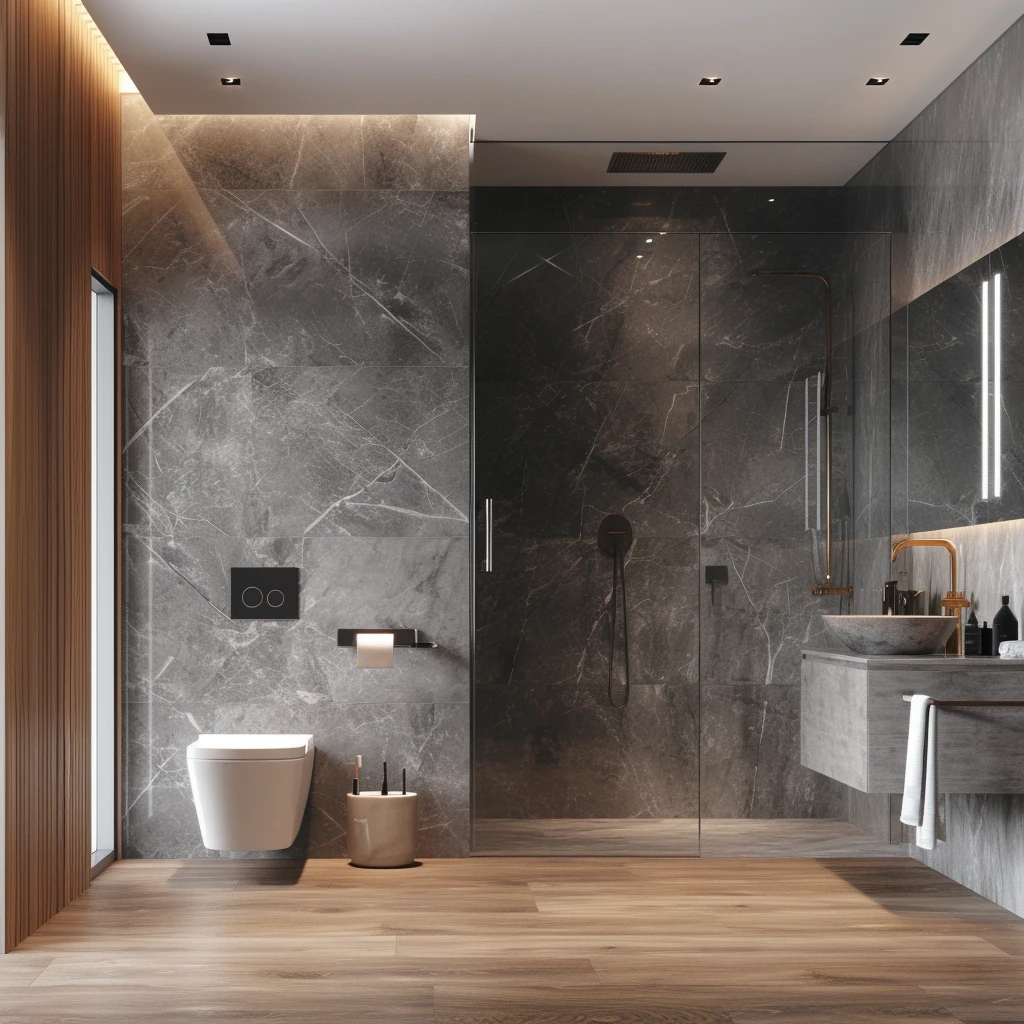
SPC flooring can work beautifully in bathrooms when installed and sealed with care. It holds up against steam, looks as good as wood or stone, and feels better under bare feet than cold tile.
For buyers who want extra assurance, Latitude SPC flooring is a solid choice. It meets ENF-level standards (GB/T 39600-2021) for formaldehyde emissions, uses zero-formaldehyde materials, and resists fire and insects. Plus, with IXPE/EVA backing, it adds comfort and quietness. Explore the full range at www.latitude-interiors.com.
FAQs
Q: Is SPC flooring waterproof enough for bathrooms?
A: Yes, the planks themselves are waterproof. Just remember: sealing the seams makes the whole system work.
Q: How long does SPC flooring usually last in bathrooms?
A: High-quality SPC can last 15–20 years if installed properly and cared for.
Q: Do I still need underlayment in a bathroom with SPC Flooring?
A: No need. Most SPC comes with IXPE or EVA backing built in, which already provides comfort and moisture protection.
Q: What’s the difference between SPC and regular vinyl in wet rooms?
A: SPC has a stone-plastic core, so it’s much more rigid and stable when humidity rises or drops.
Q: Can I replace one damaged plank without removing the whole floor?
A: Absolutely. Just unlock the damaged piece and click in a new one. That’s the beauty of modular SPC flooring.

